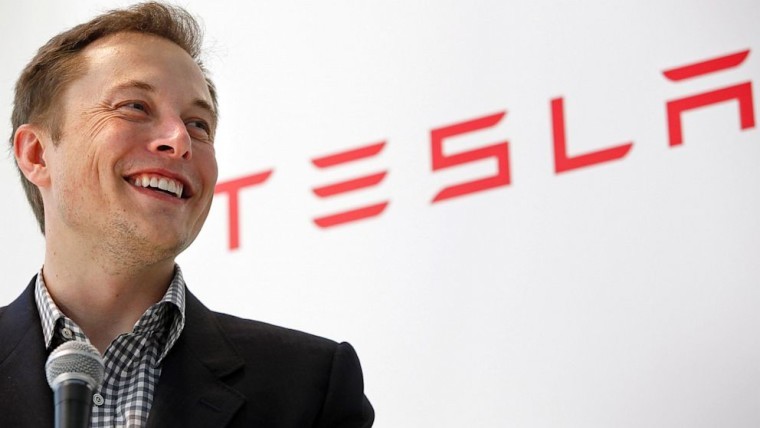
Last month, an electricity shortage in South Australia left 40,000 people without power, despite the Australia Energy Market Operator (AEMO) issuing a request for generators to ramp up supply at least six hours in advance of anticipated outages. Since then, Federal Minister for Energy, Josh Frydenberg, and Prime Minister Malcolm Turnbull have seized upon the opportunity to attack the state's use of renewable energy sources.
In fact, treasurer Scott Morrison went as far as to wave around a lump of coal in Federal Parliament while goading his Labor opponents over the blackouts that took place in South Australia.
However, the situation caught the interest of Tesla boss Elon Musk who said that his company could solve the state's power problems within 100 days of being asked to assist. Interested in the story, Atlassian co-founder Mike Cannon-Brookes asked Musk directly over Twitter as to how serious he was about the proposition, to which the SpaceX CEO replied:
@mcannonbrookes Tesla will get the system installed and working 100 days from contract signature or it is free. That serious enough for you?
— Elon Musk (@elonmusk) March 10, 2017
Since then, Prime Minster Turnbull managed to have a telephone conversation with Musk, which the politician described as a "great, in-depth discussion about energy storage".
However, local industry has been quick to call for a level playing field, particularly those who have been involved in the commercial development of the sector. In response to the conversation, Energy Storage Council Chief Executive, John Grimes, said:
"We are slugging our guts out to build the business in this sector, but a tweet from Elon Musk grabs the government’s attention. I’m not saying Tesla should be excluded, but don’t fast-track a discussion with an overseas company when you have capability right here, right now, in Australia. Let there be a transparent bid process. And let’s give Australian companies a fair go."
While Tesla has been selling its Powerwall product in Australia for just over a year, it has also managed to bring online an 80MWh battery plant in Southern California at the end of January this year. Interestingly, the Californian energy solution comprised of nearly 400 Powerpacks and 24 inverters and was delivered in 88 days, making the prospect of delivering a 100MWh system for South Australia within 90 days somewhat achievable.
At the very least, the situation has highlighted that the Australian energy market may require some tweaking to make battery-backed capacity a more valuable proposition in terms of revenue in order to promote the technology.
Update: The article has been updated to reflect the correct storage capacities for the existing Californian and proposed South Australian energy storage solutions.
Source: The Guardian

















21 Comments - Add comment